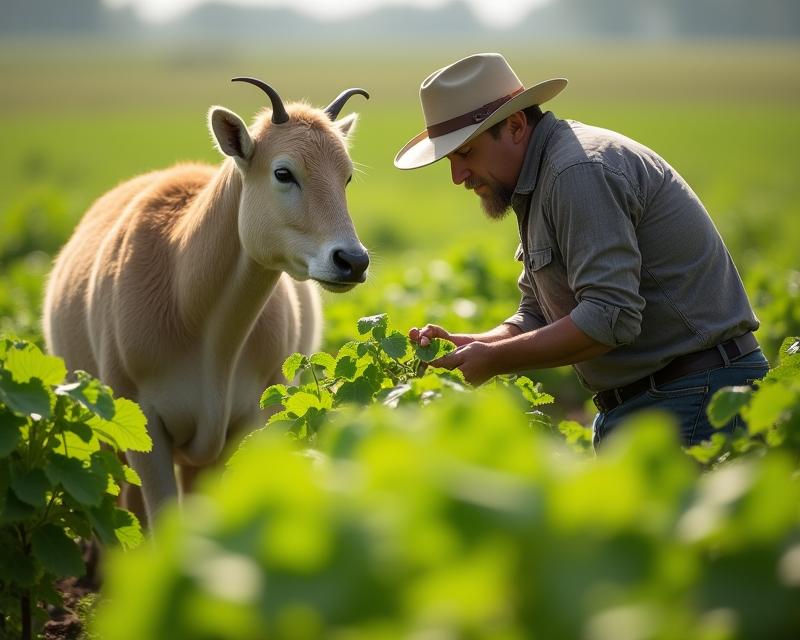Fire-stick Farming: Ancient Wisdom for Modern Farmers
Publish in Sustainable Farming el 06/07/2025 17:59
Fire-stick Farming: Ancient Wisdom for Modern Farmers
For millennia, Aboriginal Australians have practiced a sophisticated land management technique called fire-stick farming (also known as controlled burning). It’s a fascinating example of how humans can work *with* nature, not just against it, to create thriving ecosystems and ensure food security. While it might seem counterintuitive, fire, when used responsibly, can be a powerful tool for farmers and gardeners alike. Understanding this ancient practice offers valuable insights into sustainable land management that can be adapted to modern agricultural practices.

So, what exactly is fire-stick farming? It involves intentionally setting low-intensity fires across the landscape during specific seasons. These aren't raging wildfires, but carefully controlled burns designed to achieve specific ecological outcomes. The key is understanding how fire interacts with different plants and the soil. The fires clear away accumulated undergrowth, reducing the risk of larger, uncontrolled blazes. This allows sunlight to reach the ground, promoting the growth of native grasses and plants that are vital food sources for many animals.
The benefits for food production are significant. Controlled burns encourage the growth of certain plants, including native fruits, nuts, and edible plants. They also stimulate the germination of seeds that have been lying dormant in the soil for years. Furthermore, the ash left behind acts as a natural fertilizer, enriching the soil with essential nutrients. By managing the fire regime, Aboriginal people were able to create a mosaic of different habitats, supporting a diverse range of wildlife and ensuring a sustainable food supply. It’s a cyclical process – fire promotes growth, which in turn supports wildlife, which contributes to seed dispersal and further ecosystem health.
While fire-stick farming is deeply rooted in Aboriginal culture and tradition, the principles behind it are highly relevant to modern agriculture. Consider how controlled burns could be used to manage weeds, improve soil fertility, and promote the growth of beneficial plants in your own fields or gardens. It’s not about replacing conventional farming methods entirely, but about integrating fire as a tool for sustainable land management. Of course, it’s crucial to consult with local authorities and experts to ensure that any fire management practices are conducted safely and responsibly, adhering to all relevant regulations. Learning from this ancient practice can help us create more resilient and productive landscapes for generations to come. Further research into prescribed burns and ecological restoration can provide valuable frameworks for implementing these techniques safely and effectively.
- Promotes biodiversity
- Improves soil health
- Reduces wildfire risk
- Supports native plant and animal life





